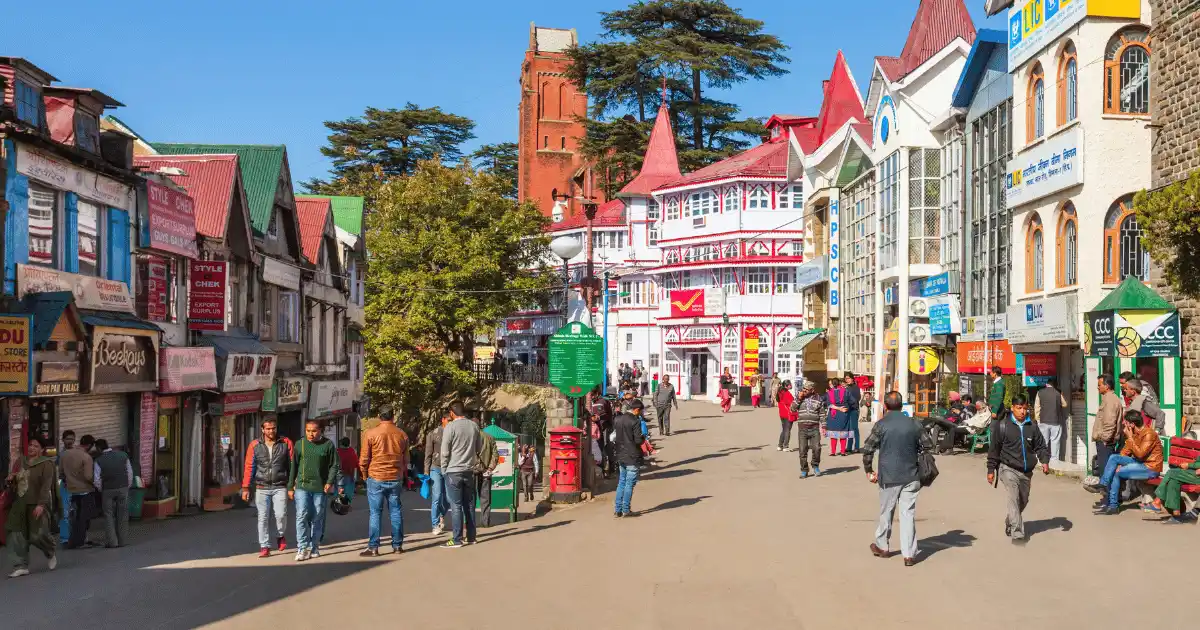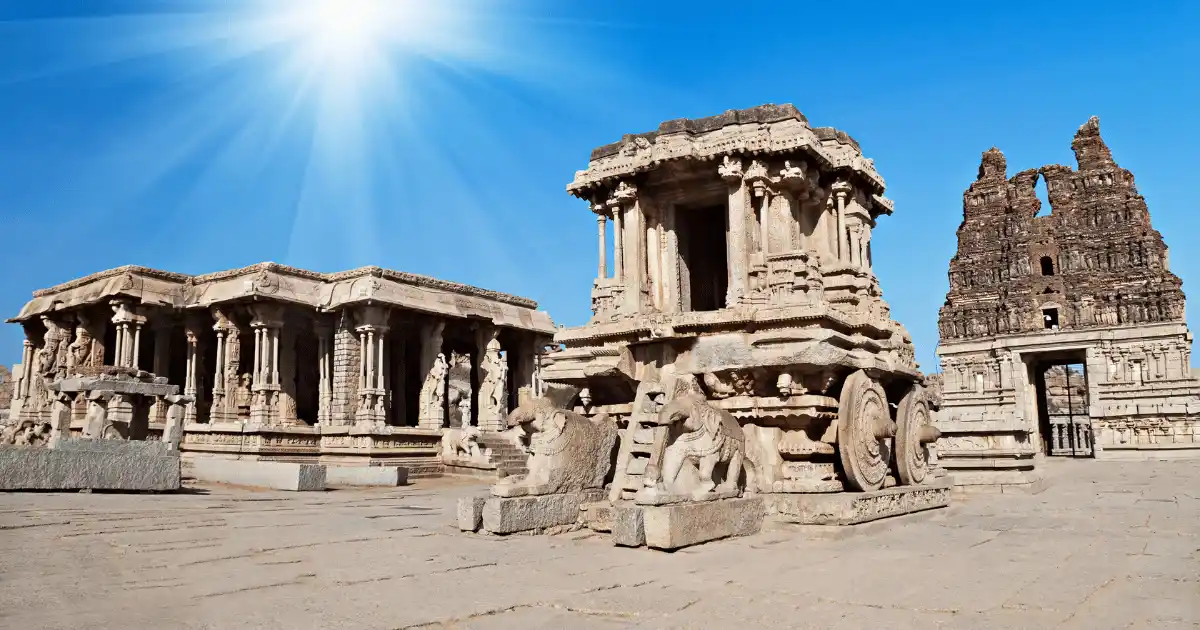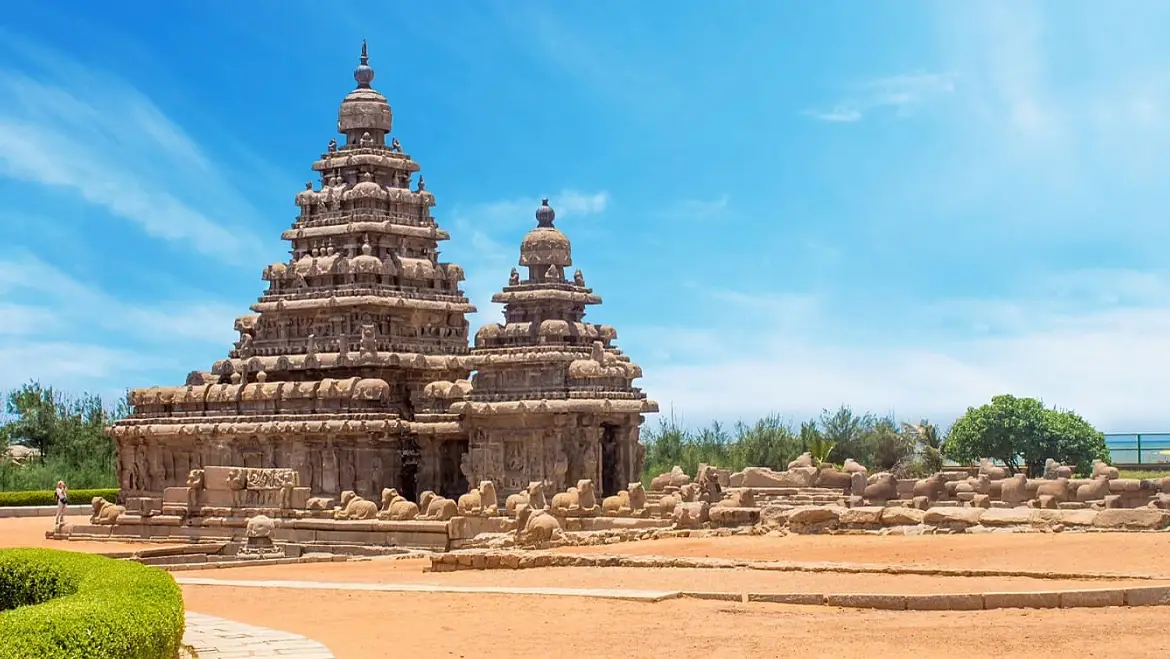Nestled amidst the lush greenery of the Himalayan foothills, Shimla stands as a timeless testament to the allure of natural beauty and colonial grandeur. Fondly referred to as the “Queen of Hill Stations,” this picturesque town in the northern Indian state of Himachal Pradesh has captivated travelers for centuries with its serene landscapes, temperate climate, and rich historical heritage. Join me on a journey through the enchanting hills and colonial charms of Shimla as we uncover its hidden treasures and unravel its fascinating tapestry of history, culture, and natural splendor.
A Glimpse into History:
Shimla’s journey from a quaint hamlet to a bustling hill station began in the early 19th century when it caught the attention of the British East India Company as a potential summer retreat. In 1864, Shimla was officially declared the summer capital of British India, a distinction that transformed it into a hub of colonial power and influence. The echoes of its colonial past are palpable in every corner of the town, from its Victorian-era architecture to its charming streets lined with quaint cottages and colonial-era buildings.
Exploring Colonial Charms:
One of the most iconic landmarks of Shimla is the Viceregal Lodge, also known as Rashtrapati Niwas, which served as the summer residence of the British viceroys during the colonial era. Built-in the Jacobethan style, this majestic edifice is a masterpiece of architectural grandeur, boasting sprawling lawns, intricately carved woodwork, and panoramic views of the surrounding hills. Today, the Viceregal Lodge houses the Indian Institute of Advanced Study, a prestigious research institute that preserves the legacy of its colonial past while promoting academic excellence.
Mall Road: The Heart of Shimla:
No visit to Shimla is complete without a leisurely stroll along the iconic Mall Road, the bustling thoroughfare that serves as the heart and soul of the town. Lined with shops, restaurants, and colonial-era buildings, Mall Road exudes a nostalgic charm that harks back to a bygone era. Here, visitors can immerse themselves in the vibrant atmosphere, savoring the sights and sounds of street vendors, horse-drawn carriages, and merry crowds meandering along the promenade.
Culinary Delights:
No exploration of Shimla would be complete without indulging in its culinary delights, which reflect a fusion of local Himachali flavors and colonial influences. From piping hot cups of chai and steaming bowls of thukpa to delectable pastries and freshly baked goods, Shimla’s culinary scene offers a tantalizing array of flavors and aromas to delight the senses. Visitors can savor traditional Himachali cuisine at quaint cafes and eateries nestled amidst the hills, immersing themselves in the gastronomic delights of the region.
Conclusion:
As our journey through the enchanting hills and colonial charms of Shimla comes to a close, we are left with a sense of wonder and admiration for this timeless destination. From its colonial-era architecture to its scenic splendors and culinary delights, Shimla offers a wealth of experiences waiting to be discovered. Whether it’s soaking in the panoramic views from the Ridge, exploring the historic Viceregal Lodge, or savoring the flavors of Himachali cuisine, Shimla beckons travelers to embark on a journey of discovery and enchantment amidst the splendor of the Himalayas.



